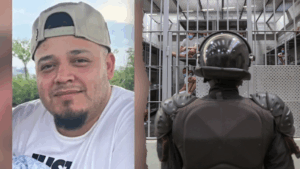January 6 was the Deep State Reichstag

The Reichstag fire was a pivotal event in German history that occurred on the night of February 27, 1933. The Reichstag, the German parliament building in Berlin, was set on fire under mysterious circumstances. Marinus van der Lubbe, a Dutch communist, was arrested at the scene and accused of starting the fire.
Adolf Hitler had been appointed as Chancellor of Germany just a month before, on January 30, 1933. The Reichstag fire provided a convenient pretext for the Nazis to push for emergency powers and clamp down on political opposition. Hitler and the Nazis immediately capitalized on the incident, portraying it as evidence of a communist plot to overthrow the government.
On February 28, the day after the fire, President Paul von Hindenburg signed the Reichstag Fire Decree, which suspended civil liberties and allowed for the arrest of political opponents. Subsequently, the Nazis intensified their persecution of communists and other perceived enemies.
The Reichstag fire is widely believed by historians to have been a key element of Nazi propaganda and a possible false flag operation. Some argue that the Nazis themselves might have orchestrated the fire to create a crisis atmosphere and justify the suppression of civil liberties. However, conclusive evidence supporting this theory is lacking, and the question of who was truly responsible for the fire remains a subject of historical debate.
Regardless of the origin of the fire, its aftermath marked a significant turning point in German history. The Reichstag Fire Decree paved the way for the Enabling Act of 1933, which granted Hitler dictatorial powers and effectively ended the democratic structure of the Weimar Republic. The Nazis solidified their control over the German state, and Hitler’s dictatorship was firmly established.








